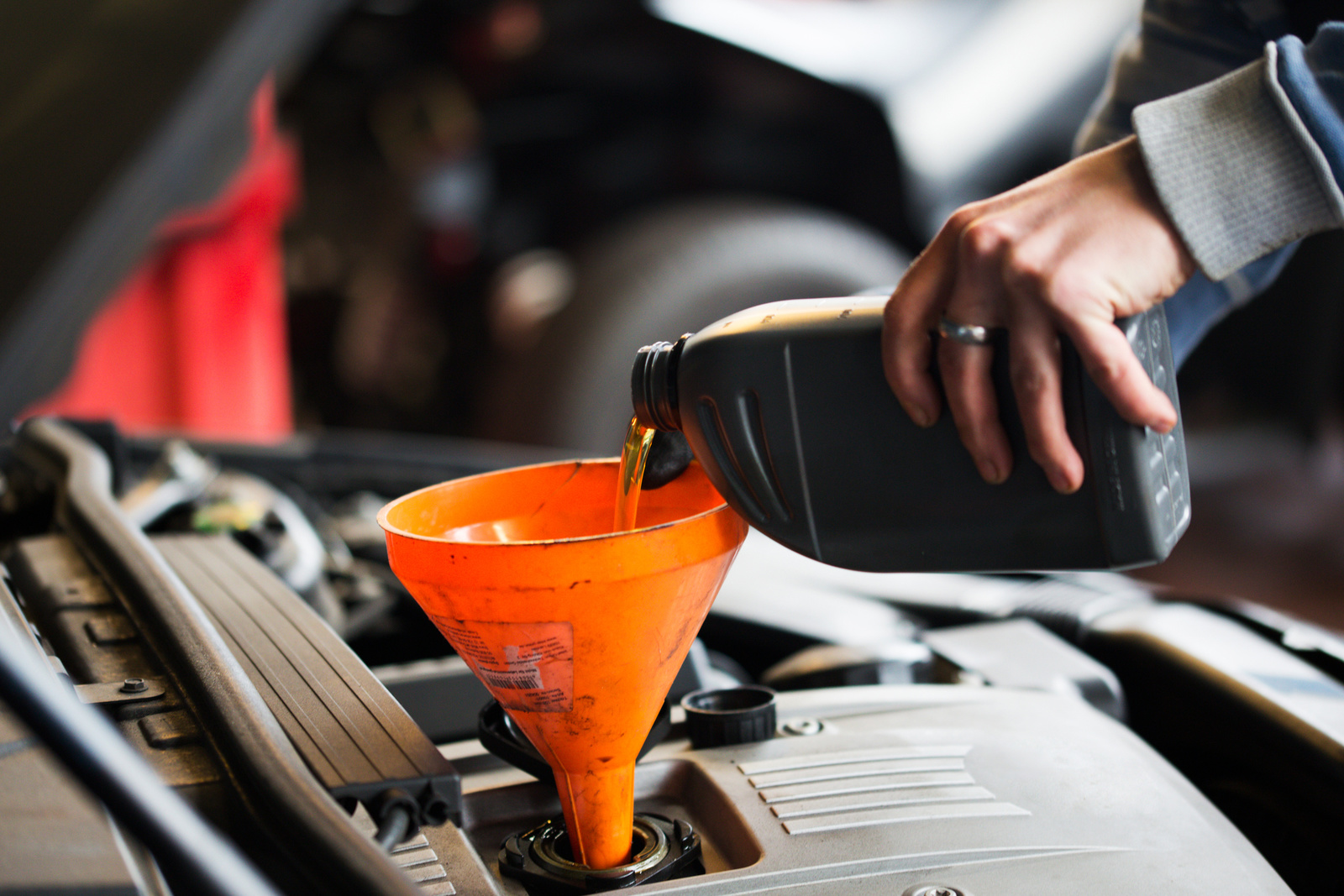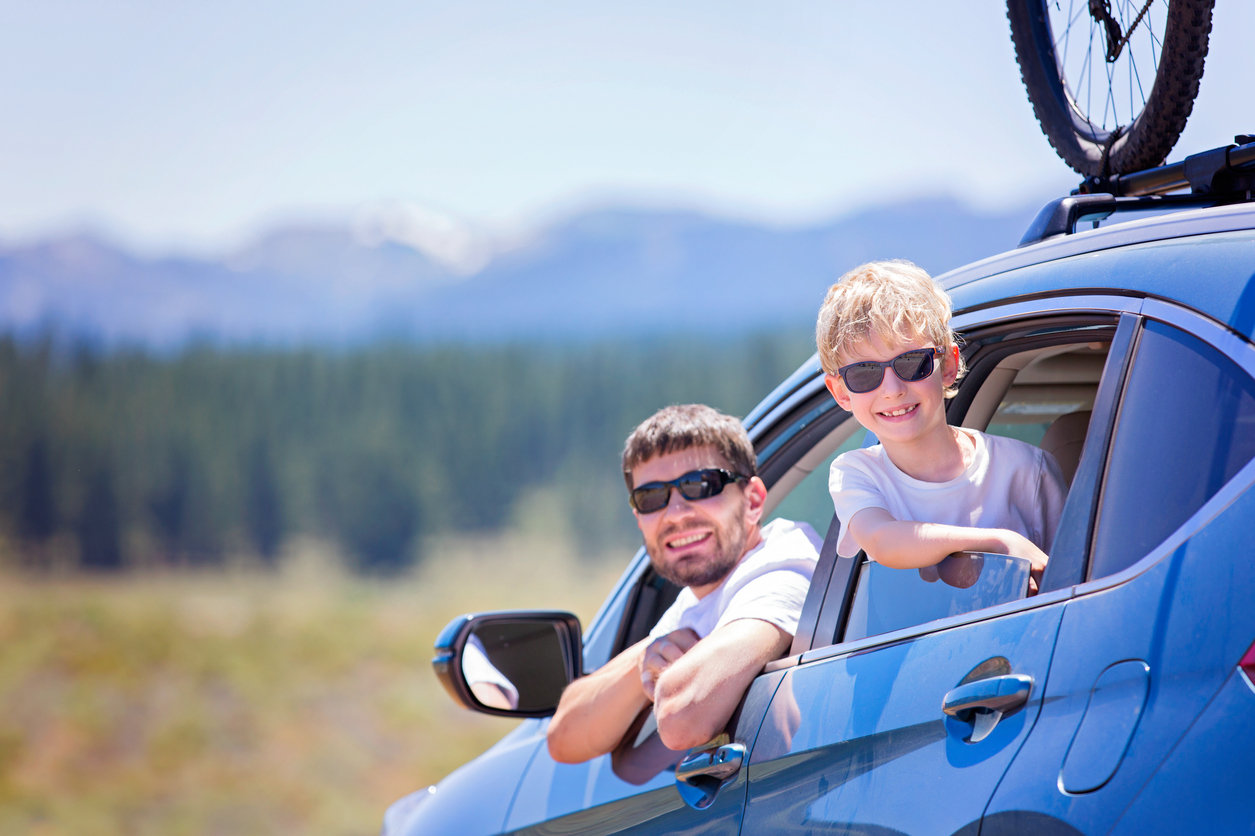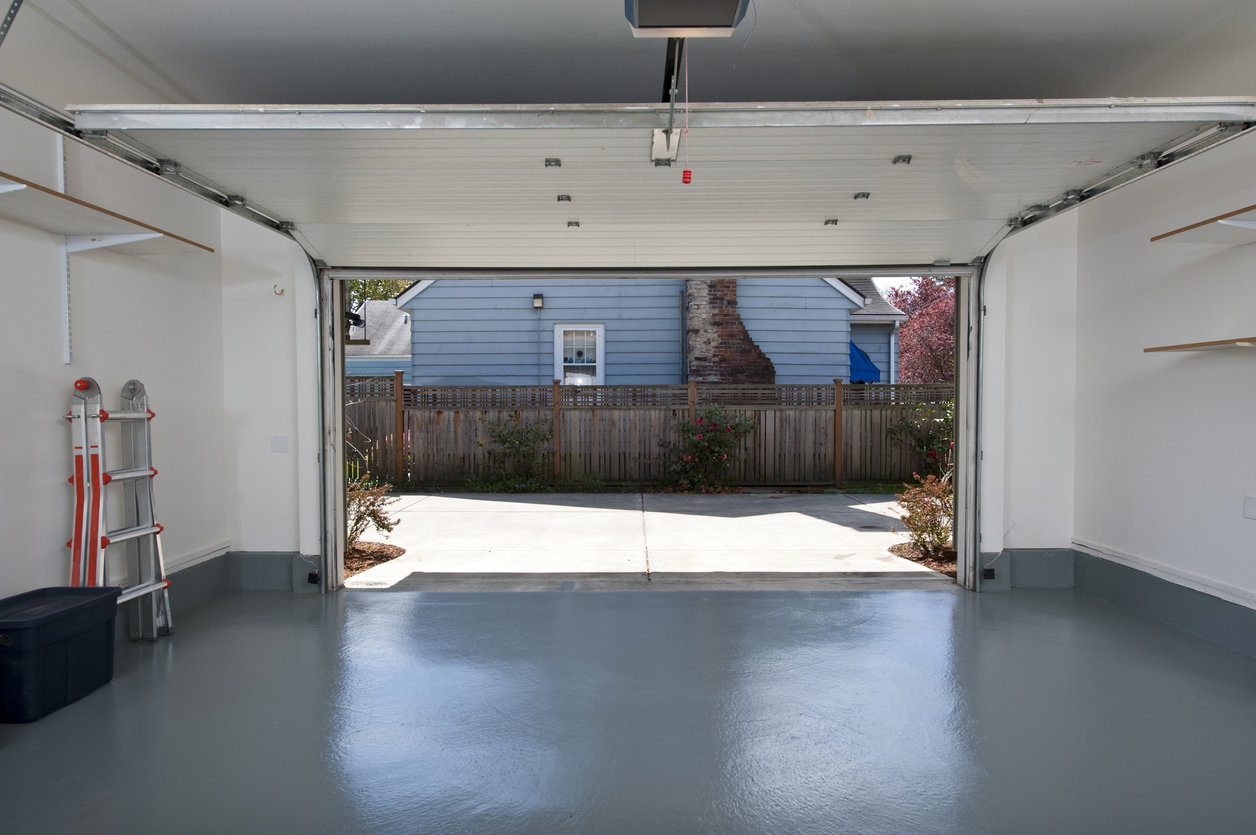Whether you're taking that old refrigerator to the dump, bringing home a load of mulch for your next landscaping project, or towing your boat to the lake, the benefit of a trailer is hard to ignore. While some large vehicles can tow massive trailers, you don't need a huge truck or SUV to pull one. With a little research and a few quick tips, you can find a trailer that's right for your car, hook it up with ease, and drive away worry-free.
In this article, we'll look at the basics surrounding towing a single-axle trailer. If you are new to towing and have a large vehicle with a high tow rating, it's best to start small and learn the basics of trailering before moving on to larger trailers that are heavier, more complex, and less forgiving.
Know Your Car's Towing Capacity

Towing weight limits rely more on your car's chassis, transmission, and brakes than its horsepower. Towing capacity varies widely from car to car and can vary from trim to trim within the same model lineup. For instance, if you have a hybrid car, the manufacturer may recommend against towing a trailer of any weight, yet the non-hybrid version of the same vehicle may be approved to tow a trailer.
Before you get started, determine the exact model and configuration of your car. Your owner's manual will have information regarding how much weight your car can safely tow. That weight, or towing capacity, reflects the weight of the trailer itself plus whatever load you put in or on that trailer.
Towing loads in excess of your car's recommended weight limit is unsafe, could damage your car, and may void its warranty.
Find a Suitable Trailer and Hitch
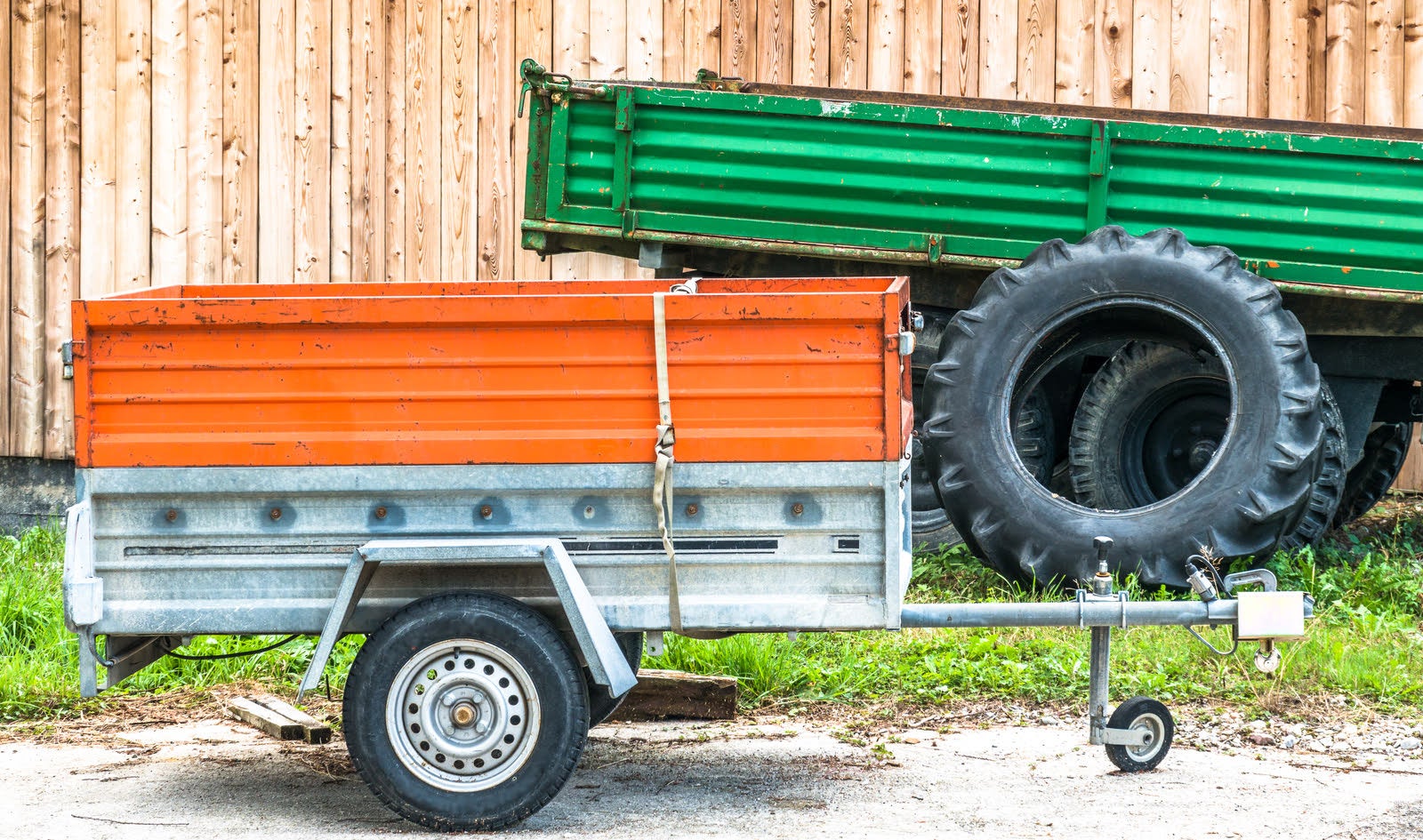
Most new vehicles don't come with a trailer hitch. In many cases, you can buy a quality trailer hitch at the dealership (and have a dealership technician install it). U-Haul also sells hitches of various brands and offers installation. You can also buy a hitch online and install it yourself, although doing so is typically a two-person job.
Most hitches are designed with a receiver that's permanently attached to your car and a removable ball mount, which will slide into the hitch and connect to the trailer via its drawbar. Your tow vehicle will also require an electrical connection point for the trailer's lights.
Make sure you buy a custom-fit hitch designed for your make and model vehicle rather than a universal one. Universal hitches typically fit poorly and are of lower quality. Don't worry if the hitch is rated for more weight than you need. A hitch with too much capacity is better than one with too little.
Trailers take many shapes and forms. Some trailers are purpose-made for a boat or camper. Some travel trailers are essentially full-sized recreational vehicles without their own motor. Some look like the bed of a pickup truck, capable of hauling just about anything. But even a small utility trailer has more capacity than an average pickup truck. Match the height and size of your trailer with the height of your hitch. When the trailer is attached to your car, it should sit level on flat ground.
Attach Your Trailer
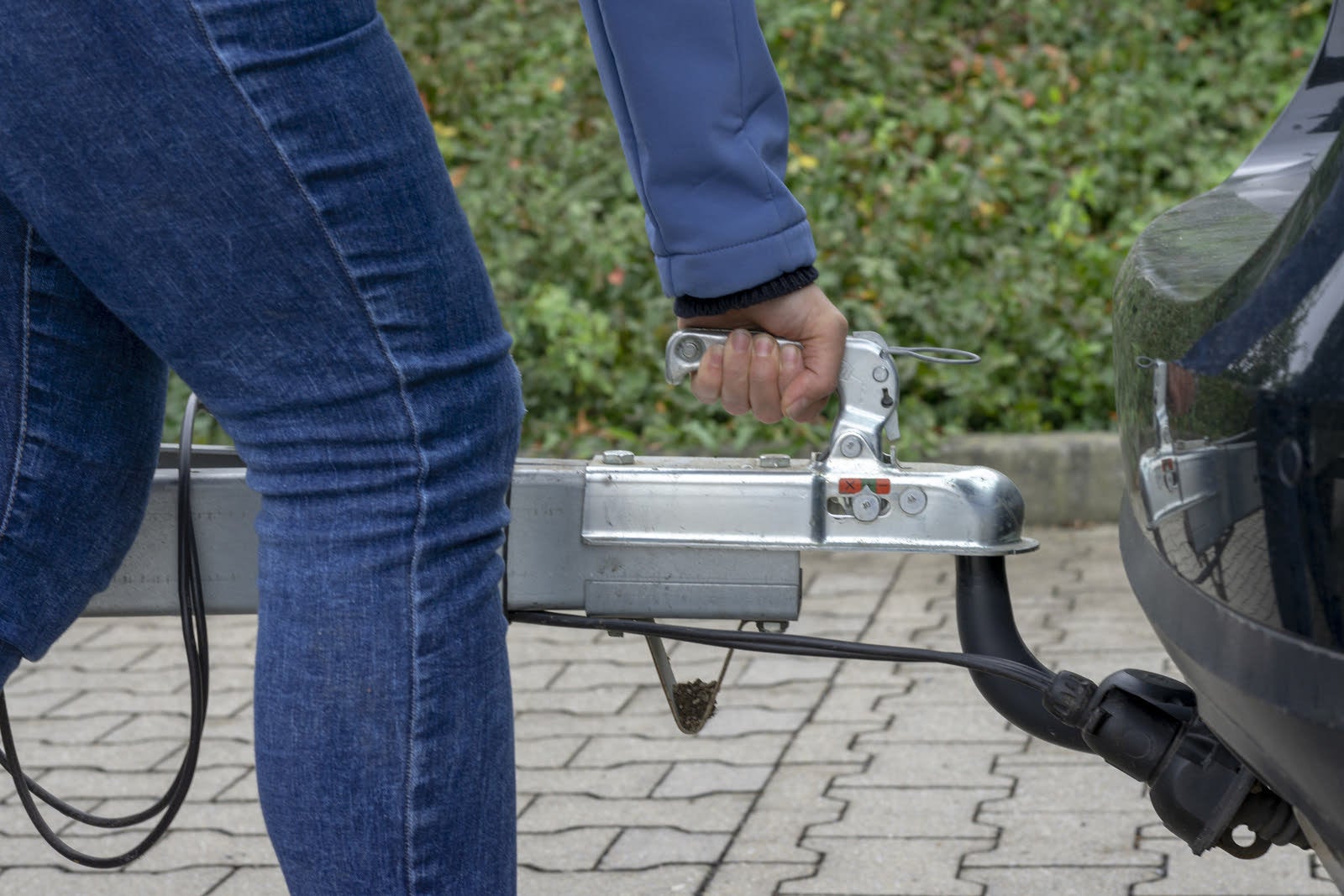
If you are new to towing, renting a trailer from a moving company is a great opportunity to learn about hitching from a pro. The rental company should make sure the trailer is hooked up correctly before you leave the facility, giving you the chance to learn how to safely attach the trailer to your vehicle.
If you are borrowing someone else's trailer or using one you've recently purchased, be sure to follow your state’s laws and regulations. Always make sure the trailer's coupler is fully seated atop the tow vehicle's ball mount with minimal wiggling. Fully depress the latch, ensure all the safety pins are in place, and connect the safety chains between the hitch and the trailer.
Speaking of those chains, cross and twist them to take up any slack and avoid dragging them. In the unlikely scenario where your trailer has gotten disconnected from your vehicle's hitch, those crossed safety chains would prevent the trailer's drawbar from hitting the pavement.
Finally, make sure the electric connectors are securely fastened. You want to make sure they're not dragging on the ground but loose enough to bend through turns. Before every trip, check that all the trailer lights are working properly, which may require a helper. The trailer will likely block some or all of your own vehicle's lights from other drivers' view. Ensuring the trailer brake lights, reverse lights, and turn signals are working properly is an important safety measure. When you're maneuvering a larger-than-usual vehicle in a parking lot, the last thing you need is to worry that no one else knows you're about to back up.
Load Your Trailer
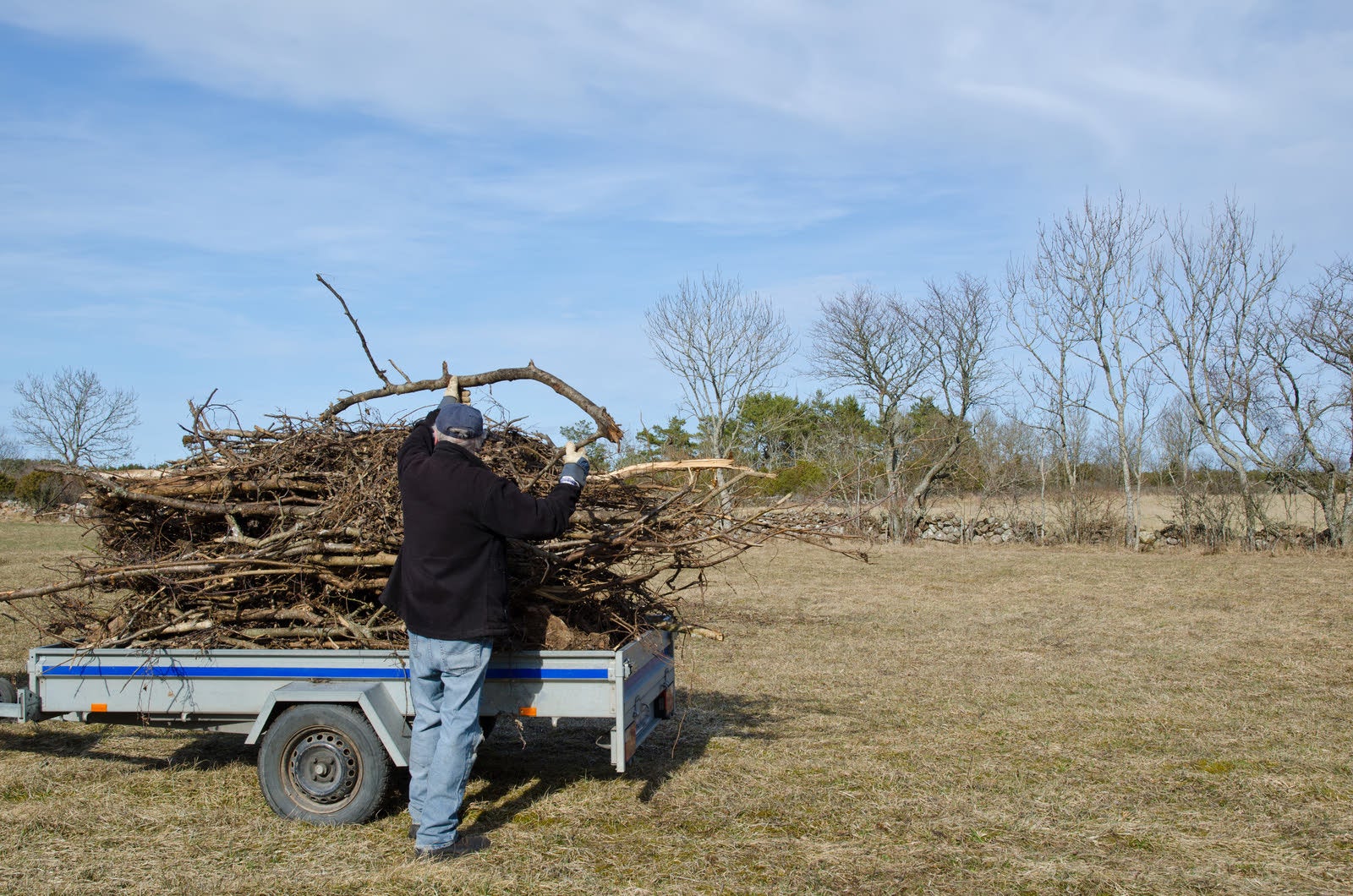
Utility trailers can handle a wide range of projects, from moving furniture to transporting landscaping material. When you load your trailer, do so with both the trailer's weight capacity and your car's towing capacity in mind. Distribution is just as important as total weight: approximately 60% of the trailer's weight should be in front of the trailer's axle and 40% behind to prevent the trailer from swinging into the dreaded jackknife. The trailer's tongue weight—the weight pushing down on the hitch ball when loaded—should also match your car's suggested towing limits. Your trailer should always have some tongue weight; you don't want it to lift—or lift off—the hitch's ball mount.
Even if it looks like you've nailed the weight distribution and have plenty of room left, don't forget to pay attention to how your car responds to the load. Watch the rear suspension in particular—you don't want to see it compressing dramatically. If your car looks like it's squatting and the trailer is tipping forward, you have likely overloaded it.
If you are loading loose material, always cover the load and secure the covering so it won't flap in the wind. The more hold-downs and straps, the better. Consider using ratcheting-type straps for bulky items, rather than relying on bungee cords and rope.
Drive Safely with Your Trailer

Driving with a correctly sized trailer within the weight limits for your car is a breeze. Cars towing an overloaded trailer, on the other hand, are both unsafe and difficult to drive. Moreover, an overloaded trailer will cause excessive wear and tear to your car, which may create a maintenance issue down the line. Your local dump or transfer station will likely have a vehicle scale, which you can use to confirm the weight of your trailer (just make sure your vehicle isn't on the scale, too).
Always check the tire pressures for both the trailer and your car before you start your trip. The trailer's tires should be rated for trailer use. Trailer tires, generally, are under more stress than your car's tires, so they should be in good condition and properly inflated.
When driving with a trailer, always give yourself extra stopping distance between your car and the car in front of you. Your car will need more room to stop with the extra weight of the trailer. Avoid driving in slippery conditions when towing. Make wider turns than you normally would to accommodate the extra length of your trailer and to avoid hitting the curb. Drive a little slower than you would normally—never exceeding the speed limit—and practice defensive driving. You'll want to avoid erratic movements as much as possible, as the trailer will amplify their effects.
Check your trailer and its load often. When you begin driving, check the trailer shortly after starting out—you will likely catch issues earlier as a result. Regularly check it in your mirrors, and stop occasionally during your journey to check the trailer. Be on the lookout for tire issues, shifting loads, and dragging safety chains and wires.
Reversing with a trailer is a skill that requires practice, and it helps to have a friend outside the vehicle providing an extra set of eyes. If it's your first time, it's best to save this learning experience for a vacant parking lot rather than a busy street. The maneuvering room and the steering inputs required are counterintuitive and tricky to master—turning left will turn the trailer right, and vice versa. Switching your hands to the bottom of the steering wheel before you start reversing is one way to clear this mental hurdle—move your hand to the left to see both the trailer move left (and the wheel clockwise) and vice versa. Still, there is no shame in avoiding reversing if you are just starting out with towing a trailer.
The Bottom Line
Trailers allow you to dramatically increase your car's cargo space. Trailers hold more volume and are easier to load than almost any large SUV or pickup. Be sure to find a trailer hitch that properly fits your car, start with a small trailer, ensure it's connected safely to your car, and drive more slowly and carefully than you normally would. Follow these tips, and you'll find towing safe and easy.

